Emmanuelle Sarrazin
Robust Confidence Intervals in Stereo Matching using Possibility Theory
Apr 09, 2024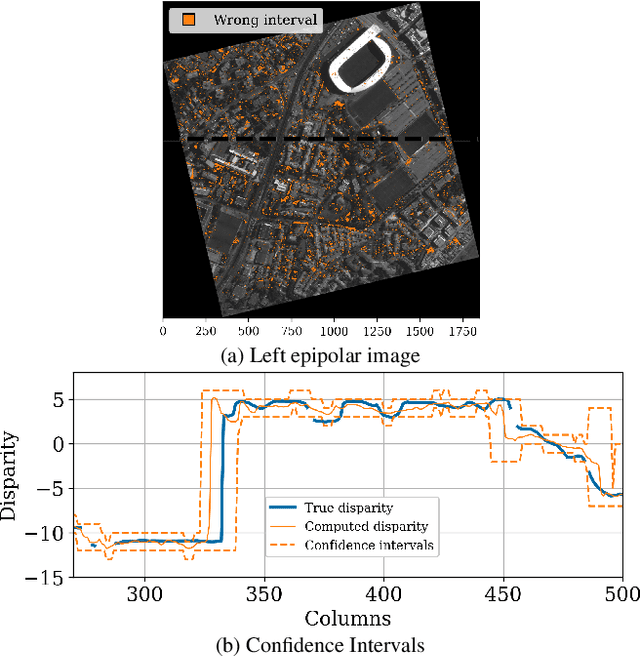
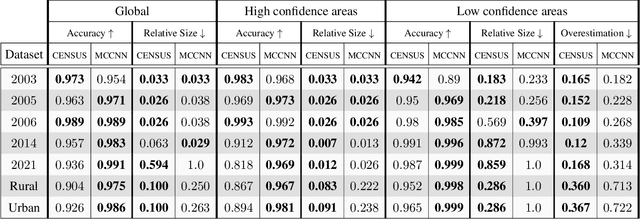
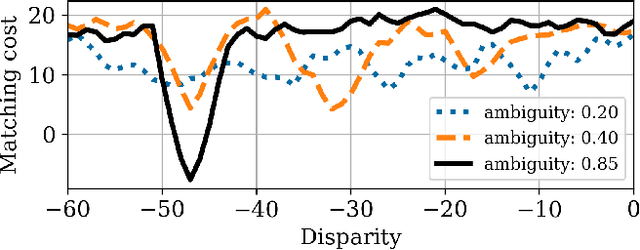
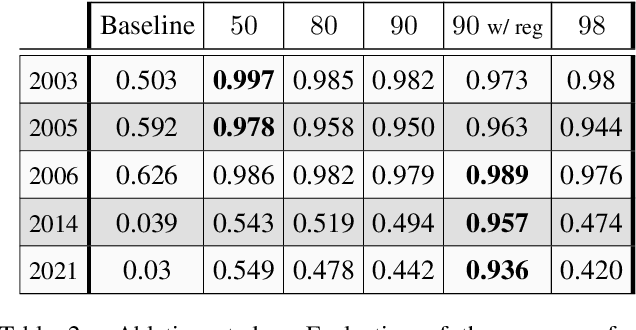
Abstract:We propose a method for estimating disparity confidence intervals in stereo matching problems. Confidence intervals provide complementary information to usual confidence measures. To the best of our knowledge, this is the first method creating disparity confidence intervals based on the cost volume. This method relies on possibility distributions to interpret the epistemic uncertainty of the cost volume. Our method has the benefit of having a white-box nature, differing in this respect from current state-of-the-art deep neural networks approaches. The accuracy and size of confidence intervals are validated using the Middlebury stereo datasets as well as a dataset of satellite images. This contribution is freely available on GitHub.
SAT-NGP : Unleashing Neural Graphics Primitives for Fast Relightable Transient-Free 3D reconstruction from Satellite Imagery
Mar 27, 2024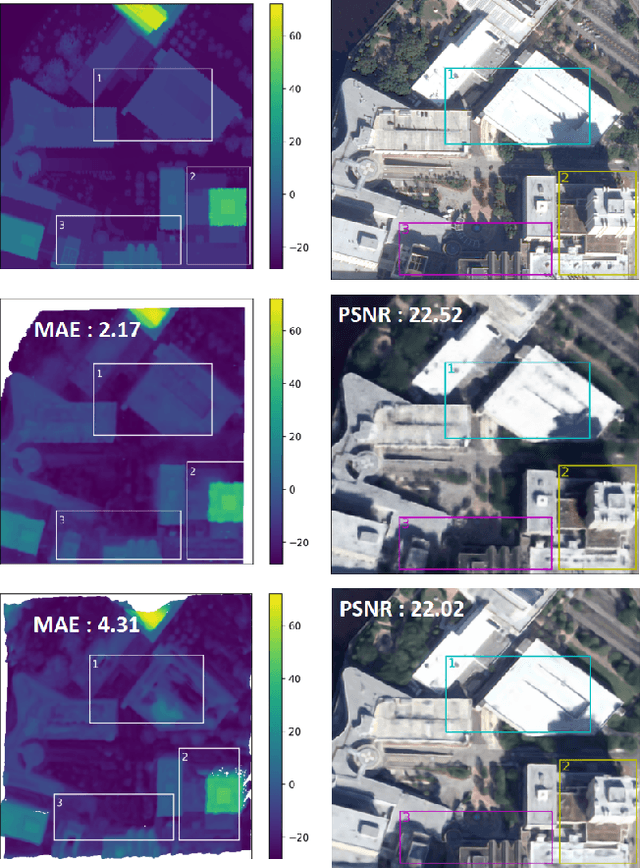
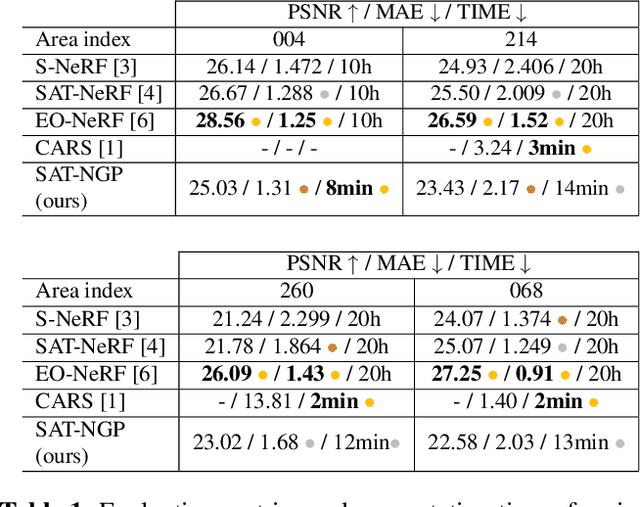
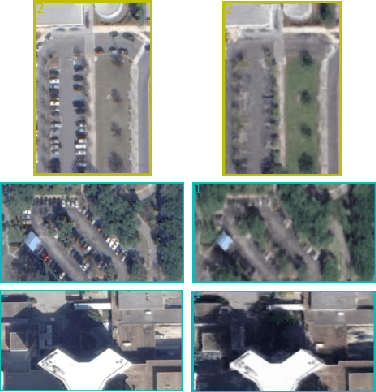
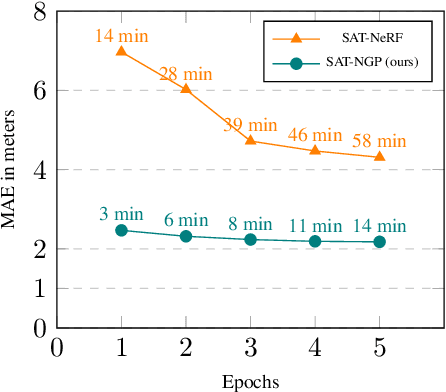
Abstract:Current stereo-vision pipelines produce high accuracy 3D reconstruction when using multiple pairs or triplets of satellite images. However, these pipelines are sensitive to the changes between images that can occur as a result of multi-date acquisitions. Such variations are mainly due to variable shadows, reflexions and transient objects (cars, vegetation). To take such changes into account, Neural Radiance Fields (NeRF) have recently been applied to multi-date satellite imagery. However, Neural methods are very compute-intensive, taking dozens of hours to learn, compared with minutes for standard stereo-vision pipelines. Following the ideas of Instant Neural Graphics Primitives we propose to use an efficient sampling strategy and multi-resolution hash encoding to accelerate the learning. Our model, Satellite Neural Graphics Primitives (SAT-NGP) decreases the learning time to 15 minutes while maintaining the quality of the 3D reconstruction.
 Add to Chrome
Add to Chrome Add to Firefox
Add to Firefox Add to Edge
Add to Edge